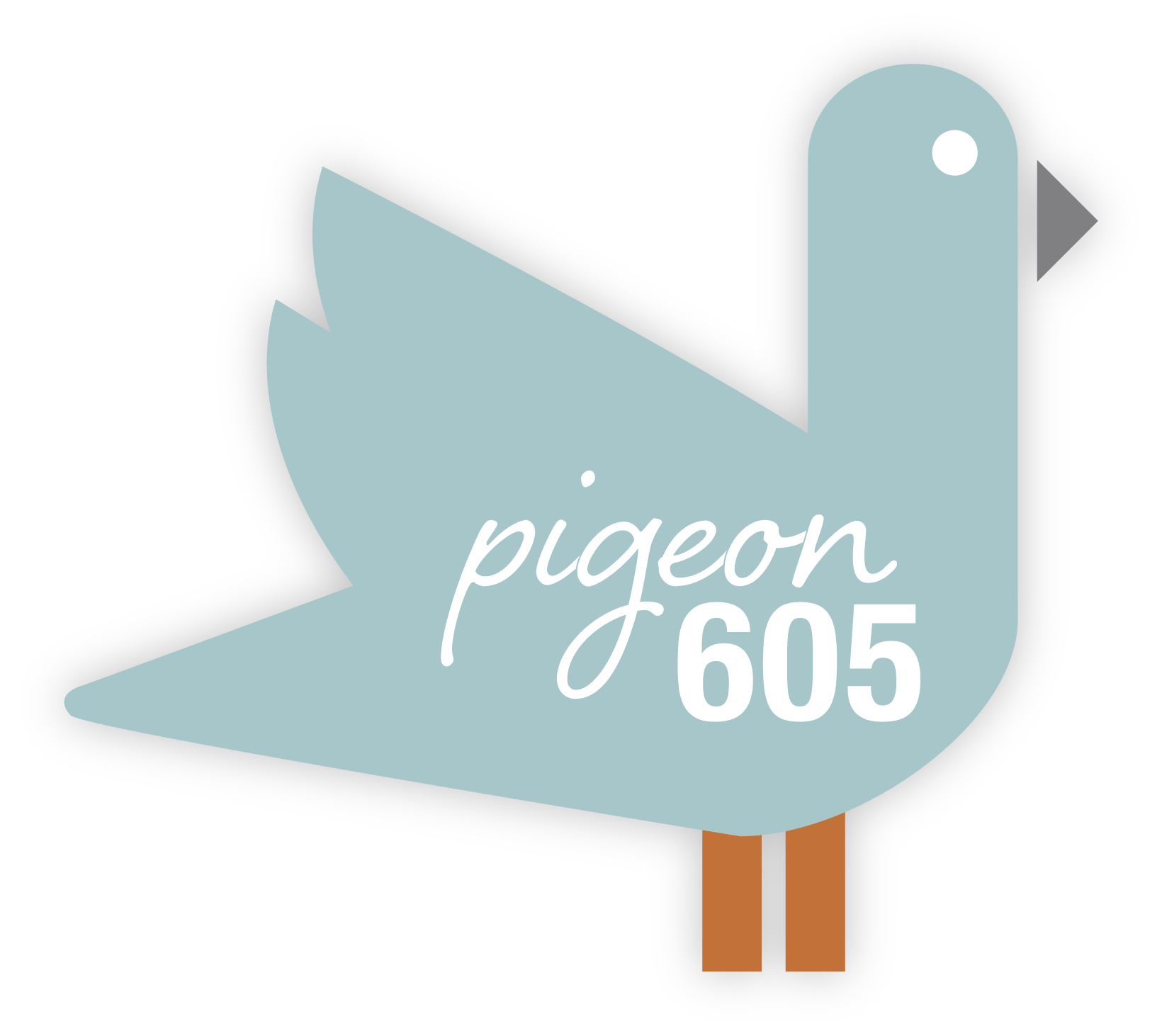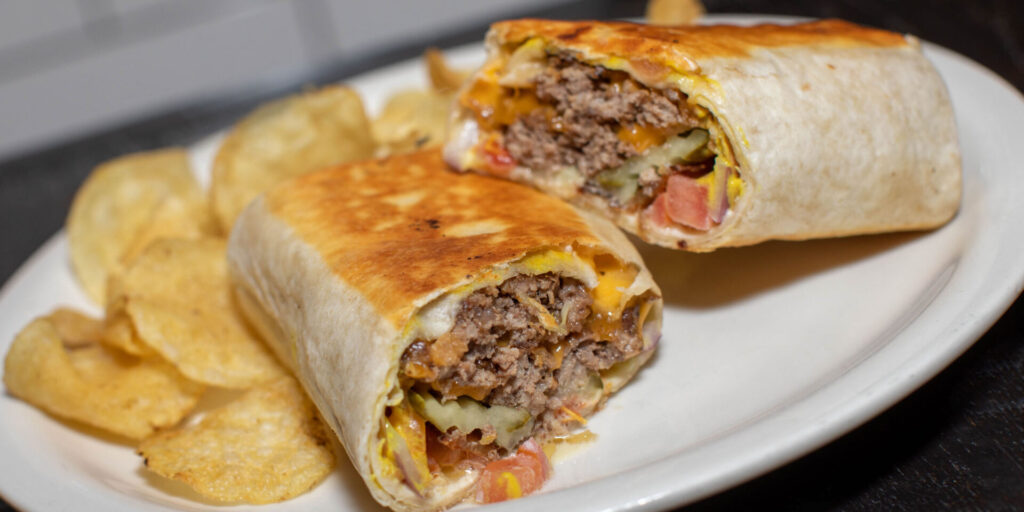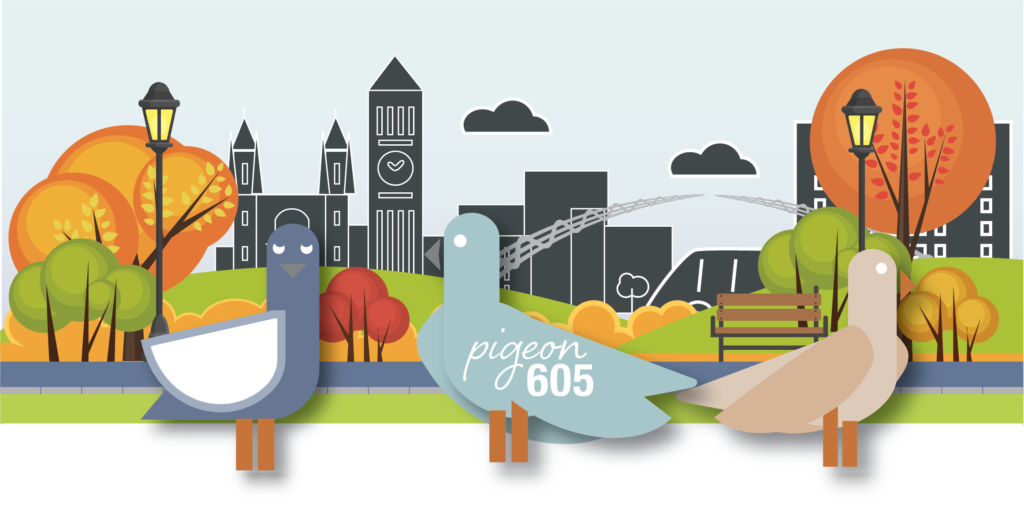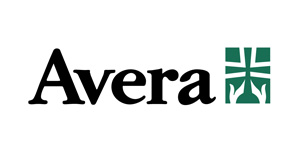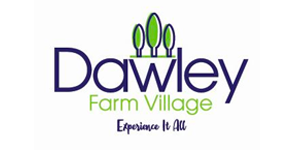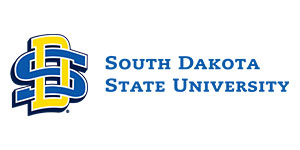Brewery launches with vision unlike any other
Locally brewed beer. Fresh pizza made with cheese from the milk of local cows. All served in a bucolic rural setting just outside Sioux Falls.
How could it get better?
What if it made the blind see?
That’s an idealized scenario for the Blind Butcher Brewing Co., near Inwood, Iowa, which opens in September.
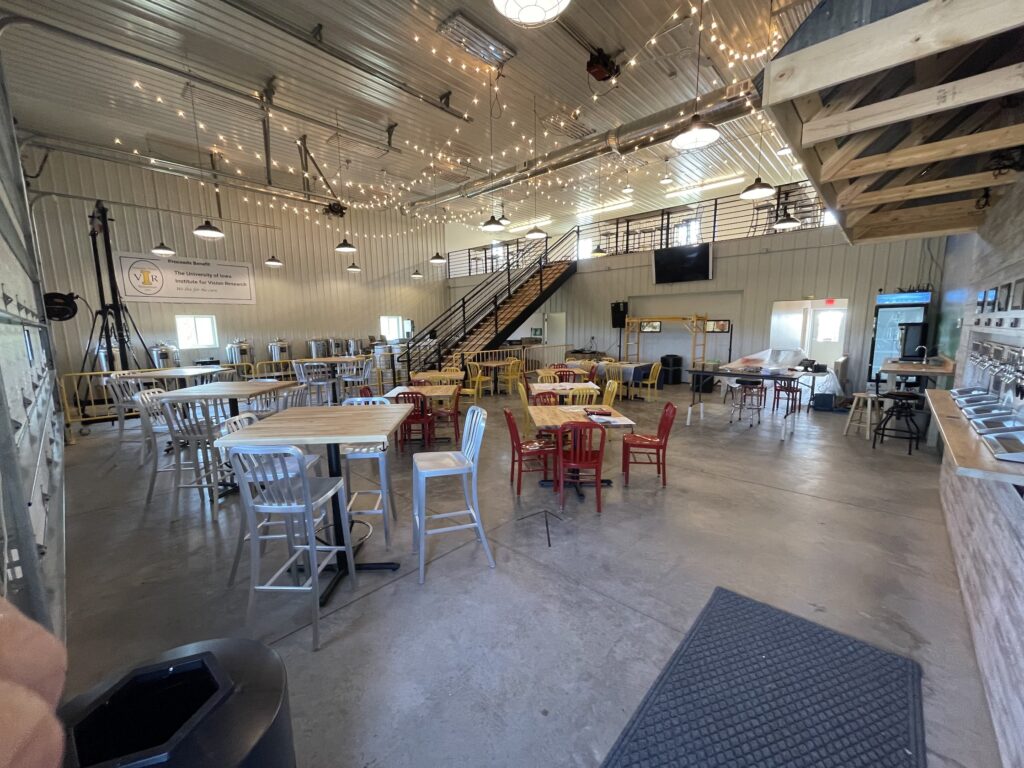
And if you don’t believe in luck or fate or miracles, then put your faith in science. And meet Rob Hage.
Hage’s reality was that his vision was worsening. He was diagnosed with retinitis pigmentosa, commonly called RP, in 2009. Over time, his vision deteriorated to the point, four years ago, where he could no longer drive.

Then in November, his eye doctor in Sioux Falls said the disease had gone beyond the ability of glasses to adjust the quality of his sight. This was as good as it was going to get for Hage.
In something of a desperation pass, Hage called the University of Iowa Institute for Vision Research, where he originally was diagnosed. The same doctors who said he couldn’t drive.
But this time, there’d been developments since he was last in Iowa City.
***
The Hage family had another problem, a good problem, unrelated to sight. A windfall from a paid-off and mostly forgotten insurance policy meant they had some unexpected cash. Not life-changing cash but enough to invest in a family venture.
The question: What?
They had started raising livestock on about 30 acres near Inwood after years of grain production. It’s not a big operation, just enough to supply the extended family of three grown children, spouses and soon-to-be eight grandchildren with homegrown food.

The COVID-19 pandemic that shut down meat production across the Midwest meant there was no place to get the livestock butchered. So half the money would go to equipment to do it themselves.
They used the other half to get into brewing beer.

It worked.
“We were just doing this all for ourselves,” Hage said. “The kids are like, ‘This is really good. You should sell it.’”
Hage considered it, but decided it was just too much work.
***
The retina is one of those beautiful parts of the body that we don’t think about until it breaks. The thin layer of tissue inside the eye, near the optic nerve, converts light into signals to the brain that create sight.
When it breaks down or is damaged, sight fades or disappears.
People with macular degeneration, for instance, have trouble seeing in the center of the field of vision. That’s because it’s the center of the retina that is affected.
Retinitis pigmentosa is similar in that it involves the degeneration of the retina. But with RP, the vision is tunneled, with little peripheral vision and poor depth of field.
RP is rare and inherited, often beginning in the teen years. But Hage’s gene is recessive, and there’s no history of the disease in his family. It showed up when he was 42.
“There was just no forewarning,” he said. “I’m just one of those unlucky people who have it.”
For Hage, now 53, it means he has very little depth of vision. If you’re standing a few feet in front of him, he can probably see your eyes, but not your mouth. Back up, and he can see your whole head.
If he drops a tool on the floor, he has to back up 10 feet to see where it is.
But his acuity, the ability to see shapes and details, is good. He can still read a book.
“I’ve learned how to deal with it because it’s been slowly progressing,” he said.
***
Dr. Edwin Stone and his team at the University of Iowa cured some blindness.
The Institute for Vision Research includes a unit that does genetic testing for rare eye diseases. It’s complex and expensive. And because the diseases are rare, the research required isn’t commercially viable in most cases.
This lab isn’t intended to be commercially viable. In fact, it’s a nonprofit dedicated to filling a societal need. It was built and supported through the philanthropy of John and Marcia Carver and other major donors. Today, the laboratory is named after the Carvers, as are other facilities and programs at the university.

It’s this combination of nonprofit status and financial support that has created a portal of hope for people with diseases such as RP.
But research needs more than money – it needs science. It was a series of breakthroughs around the world, hard work and a little luck that opened that portal. The birth of Dolly the sheep, the first mammal cloned from an adult cell, pushed the reality of genetic cloning into public consciousness in 1997.
In 2014, researchers in Japan and at a Harvard teaching hospital in Boston found a way to turn any mature adult cell into the equivalent of a stem cell taken from a human embryo. This discovery allowed researchers everywhere to explore the possibility of restoring – or regrowing – damaged organs in the human body. This previously was thought possible only with embryonic stem cells, which come with restrictive ethical boundaries and controversy.
Then, research at the University of Pennsylvania led to FDA approval in 2017 for gene therapy – a one-time injection in the back of the eye without stem cells – that stops the progression of an early onset form of RP.
In the early days of his medical career, Stone said they hoped one day to isolate one gene that led to inherited retinal diseases. The progress in the past three decades and the amazing acceleration of knowledge has driven researchers well past that.
Not only is it possible to find and stop the breakdown of the retina in many cases, what Stone and his colleagues can do is another step – regrow the retina completely by inserting a very small piece of tissue inside the eye.
“We went from not a single gene known 30 years ago to being able to make little sheets of living human retina out of stem cells that are derived from a patient’s own body,” he said during a webinar in December on the subject.
***
It was November when the optometrist in Sioux Falls told Hage there was nothing more to do to improve his vision.
On Dec. 13, he called the Institute for Vision Research, where he’d been diagnosed.
That’s when the nurse he’d worked with before told him there was good news. She got him access to Stone’s webinar Dec. 16, part of a series for U of I alumni.

Photo via UI Stephen A. Wynn Institute for Vision Research.
That’s the day when Hage first believed he might be able to fully see again, to drive again.
That’s when he found out there was hope.
“It just blew me away,” he said. “They reached some major milestones in those three years.”
Gary Seamans, an Iowa financial benefactor and founding board member of IVR, put the work in biblical terms during the webinar.
“The promise of restoring vision,” Seamans said to Stone, “it’s been 2,000 years since that happened on this planet. That is going to happen while you are (at Iowa).”
***
Fairly quickly after Stone’s presentation, Hage got a call from the IVR Foundation. His nurse at IVR shared his story with the director of the foundation, which led to the phone call.
“In that conversation, I said I have way more time than money,” Hage said. “Maybe we could brew some beer and sell it for the foundation.”
That led to another meeting and more discussions, and before long, the Hages were back in the brewery business to raise awareness and funds for IVR.

“I said we weren’t ever going to do this, but we have the place for it, and we can make it happen,” he said. “They were super into it.”
Hage said the operation will channel as much money to IVR as it can. All the tips, for example, will go to the institute.
The larger potential for significant and stable funding is selling beer beyond the Inwood brewery under the IVR label. The can is already designed, and the logo hangs in the brewery. In that situation, Blind Butcher would contract out the brewing and canning to a partner company, such as Fernson Brewing in Sioux Falls.
It’s a model that’s been used many times around the country to raise money for causes and disaster relief.
“It’s very sustainable,” he said.
***
Building a brewery in a remodeled machine shed on a farm outside Inwood sounds like a big job.
Under the best of circumstances, that’s probably true. But throw in supply problems as a result of the COVID-19 pandemic and the difficulty getting contractors, and it’s that much worse.

The Hage family is doing it in nine months.
The process started in February, and they broke ground in April. The regulatory hurdles and details didn’t seem that daunting anymore, and things moved fast. It helps to have a good story that people can get behind.

The Lyon County Board of Supervisors gave its stamp of approval. The state and local permits came through, and the Blind Butcher Brewery passed its health inspection Aug. 12.
“It’s just crazy how everything worked out, to get contractors on such short notice,” he said. “Everybody just squeezed us in.”
A few key solutions were just down the road.
They knew they wanted to keep the food simple, and pizza is a perfect option. But it was difficult to find a supplier.
Enter Stensland Family Farms. The company famed for its locally produced dairy products announced it was getting into the pizza business. The original Stensland farm is just a few miles north of Hage’s.

The Blind Butcher also will serve wine from Calico Skies Vineyard and Winery, a few miles to the south.
Between their three children and spouses, there is an interior designer, IT specialist, landscape architect, a businessman, an architect and an event coordinator.
“It’s been a whole family thing,” Hage said. “Everybody had a talent to make this happen.”

But that’s a one-and-done situation, he said.
“They said, ‘Don’t ever ask us to do it again. We learned how to do things we didn’t want to.’”
With the help of the beer distributor, the 15 taps on the wall will feature Iowa-based brews. Eventually, Hage said they plan to fill all 15 with their own products, but the all-Iowa taps are a great feature.
“People in the craft brewing industry are the most friendly people I’ve ever met in an industry,” he said. “Brewing breaks down barriers. It’s way deeper than I ever knew going into this.”
***
The magic of the IVR treatment isn’t science.
In the methodic and incremental world of research, to some degree, that has been coming. Scientists have known the potential for many years.
The on-the-ground awe of it is economics.
As Stone pointed out in an email exchange, paying for science is another challenge altogether.

“Some current commercial treatments for rare diseases cost over $1 million per patient,” he said. “We believe that for the average person to be able to receive the treatments we are developing, we will need to get their cost down to less than 5 percent of a commercial treatment.”
So somewhere around $50,000 to be able to see, to stop the inevitable.
It seems like, well, an economic miracle. But it’s a product of the philosophy of IVR, which is to leave no one behind, regardless of the type of gene involved or the severity of the situation.
That’s why it has to be nonprofit, supported by philanthropy and grants. Without that reliable source of funding, it would be impossible to maintain the 110 researchers and support staff who work at IVR.
If it was a commercial venture, not only would it cost too much, but also it’s quite likely it wouldn’t get widely distributed once the treatment is perfected.
IVR’s research is largely open to anybody. Stone said people always ask him if he’s worried about some other group or institution “stealing” their work.
He doesn’t.
If you work hard, stay focused on the mission, the recognition and monetary rewards take care of themselves.
“We are a group of people who are committed to working on it until it succeeds,” he said. “We are going to keep working on it until it works for us or it works for somebody else.”
And if it turns out that another entity can do it better, “I will happily put my patient in the car and drive them over to get the treatment.”
The nonprofit environment at a public university has advantages over the commercial sector in this regard. More than 75,000 patients from all over the world have contributed DNA samples to the IVR database. And thousands of people – and one brewery – have supported the work financially.
That communal effort of thousands of selfless, unrelated hands has its own power.
Despite Stone’s optimism about the quick advancement of research, they are not putting retina tissue back in people’s eyes just yet.
“When that happens, it will be big news. Between now and then, there is a lot of hard work to be done and most of the important progress will happen under the news radar.”
***
The ribbon-cutting for the Blind Butcher Brewery is Aug. 28. IVR Foundation representatives will attend, so it’s also a celebration of the partnership. The next weekend, Rob and Michelle Hage will head to Iowa City to visit IVR and talk about the future.

What’s really possible? Would the gene therapy injection at least stop the progression of the disease? What about growing a new retina from his own cells?
The stem cell therapy is not approved by the FDA yet.
Stone said the trials will start with completely blind people. That way, it can’t damage any existing vision. Plus, if it works in somebody who is completely blind, they’ll know for sure that it was caused by a tiny bit of tissue placed in the back of the eye. Small changes will seem all that much more monumental.
Those trials will happen in a “single-digit” number of years, Stone said. After that, they’ll move into people who still have sight.
It’s something that Hage didn’t think was possible this time last year.
“I think I will be driving a car again by the time I’m 65,” he said. “I confidently believe I will be driving my wife around again instead of her driving me.”
Cheers to that.
Share This Story
Most Recent
Videos
Want to stay connected to where you live with more stories like this?
Adopt a free virtual “pigeon” to deliver news that will matter to you.
